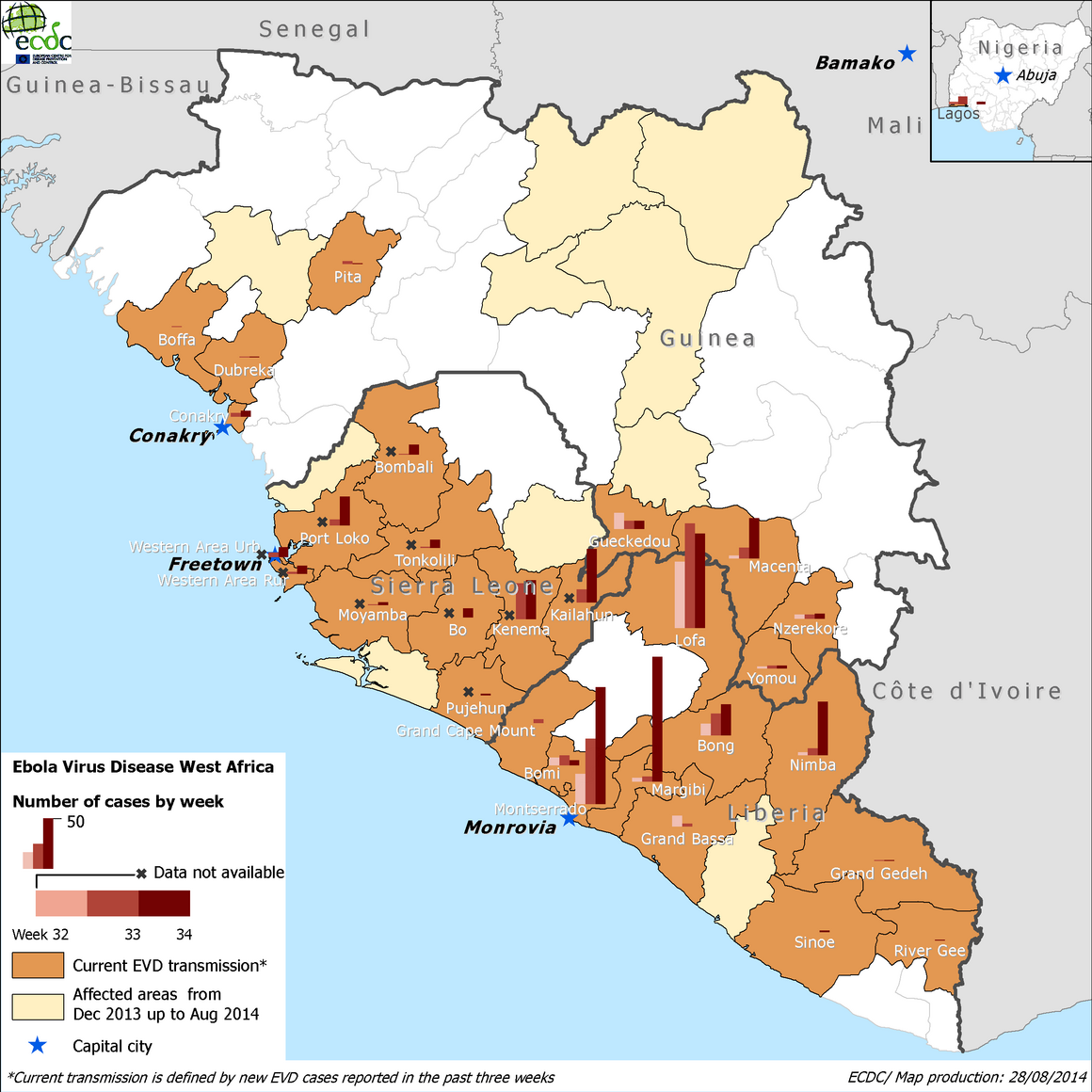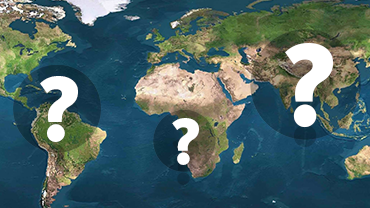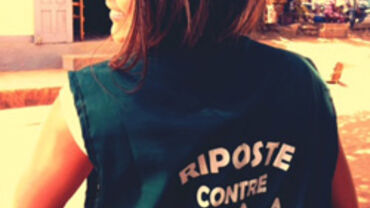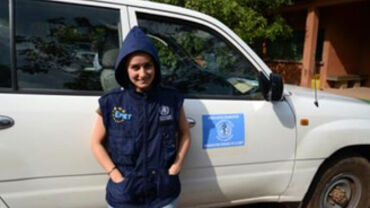Epidemiological update: Outbreak of Ebola virus disease in west Africa and Democratic Republic of the Congo, 28 August 2014
Since December 2013 and as of 26 August 2014, 3 071 cases of EVD, including 1 553 deaths, have been reported by WHO.
On 8 August 2014, the World Health Organization declared the outbreak of Ebola virus disease (EVD) evolving in west Africa a Public Health Emergency of International Concern (PHEIC).
Since December 2013 and as of 26 August 2014, 3 071 cases of EVD, including 1 553 deaths have been reported by WHO. This is the first outbreak of EVD in West Africa and it is unprecedented in its size and geographical distribution, and in affecting densely populated urban areas. The outbreak is currently in a rapid increase phase and has not yet peaked (Figure 1). Officially reported figures are generally believed to be under-estimations of the real magnitude of this outbreak.
During the past three weeks (week 33-35) almost 53% of the cases were reported from three counties in Liberia: Monserrado (20.6%) where the capital Monrovia is located, the adjacent Margibi county (19.3%) and Lofa (13.0%), bordering Sierra Leone and Guinea. During the same period in Sierra Leone, Kenema and Kailahun districts reported 7.2% and 6.0% of the total cases. In Guinea, the prefecture of Macenta is the most affected location countrywide (6.0% of the total of case in west Africa during week 33-35 period). Therefore, the outbreak is currently evolving in the cross-border area of the three countries and in the Liberian capital Monrovia.
Figure 1: Weekly number of EVD cases in West Africa (Guinea, Sierra Leone, Liberia and Nigeria) from start of the outbreak to 26/08/2014*

Note: The green trend line corresponds to a 5-week moving average.
*Data for week 35 2014 are incomplete, up to 26 Aug 2014.
Source: adapted from WHO (Ebola virus disease, West Africa – update)
In the four countries, cases have affected rural areas as well as large cities (i.e. Conakry, Freetown, Monrovia and Lagos – see Figure 2).
Figure 2: Distribution of new EVD cases (confirmed, probable and suspected) by district, weeks 32-34, 2014

Source: Adapted from national situation reports and WHO (Ebola virus disease, West Africa – update).
Data for week 35 2014 are incomplete up to 26 Aug 2014.
Table: Overview of EVD cases and deaths per country (as of 26 August 2014)
| Country | Number of cases | Number of deaths | Case-fatality ratio |
|---|---|---|---|
| Guinea | 648 | 430 | 66.40% |
| Sierra Leone | 1026 | 422 | 41.10% |
| Liberia | 1378 | 694 | 50.40% |
| Nigeria | 19 | 7 | 36.80% |
| Total | 3071 | 1553 | 50.60% |
Source: Adapted from WHO (Ebola virus disease, West Africa – update)
The outbreak is rapidly evolving with a noticeable increase in the number of EVD cases since early July 2014. Transmission continues to be very high in Liberia and Sierra Leone. In Nigeria, one additional case was confirmed in Port Harcourt by the Ministry of Health on 27 August. Investigation and contact tracing are ongoing by WHO and a Ministry of Health team.
Figure 3: Epidemic curves of EVD by week of reporting in Guinea, Liberia, Sierra Leone and Nigeria (as of 26 August 2014*)

Source: Adapted from WHO (Ebola virus disease, West Africa – update)
*Data for week 35 2014 are incomplete
Outbreak of Ebola virus disease in DRC
On 26 August 2014, the Ministry of Health, Democratic Republic of the Congo (DRC) notified WHO of an outbreak of EVD in the Equateur Province. The strain causing the outbreak has been identified as Zaïre ebolavirus, the same species that has been isolated in the west Africa outbreak. However, there is no evidence that the outbreak in DRC is directly connected to the one in West Africa. The same strain has caused six outbreaks in DRC since 1976, and the case-history of preparing bush meat suggests an independent zoonotic introduction.







